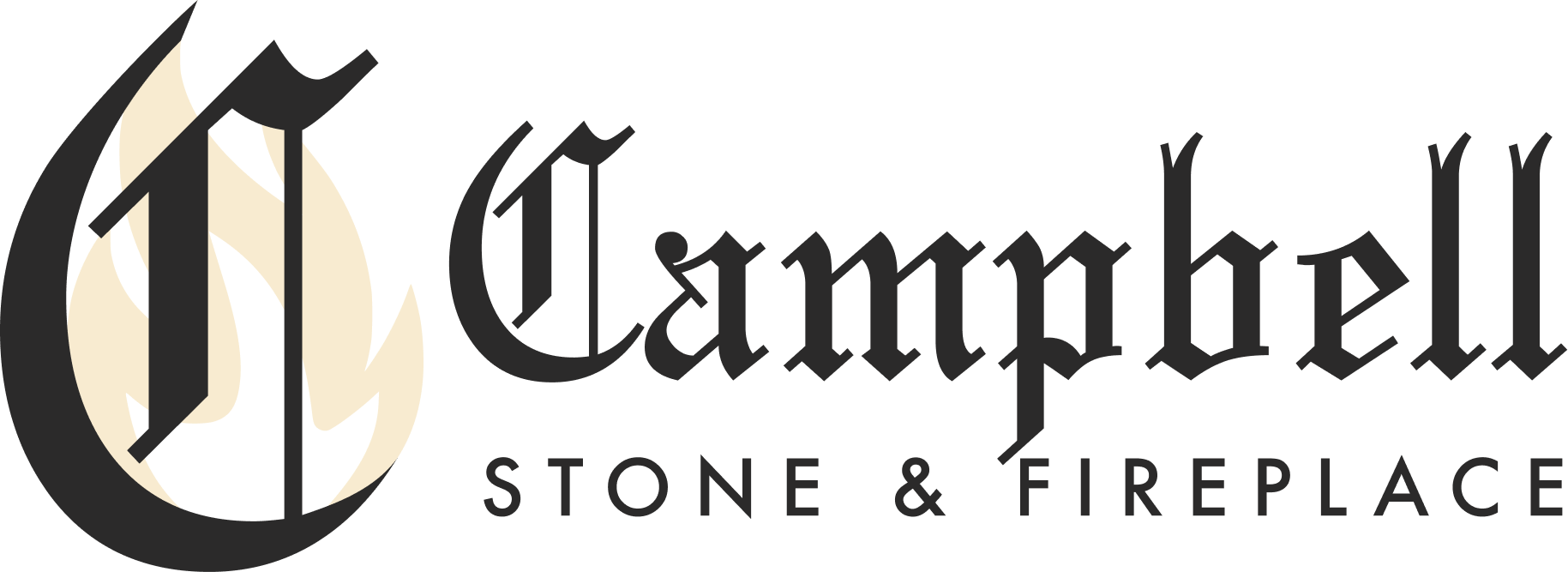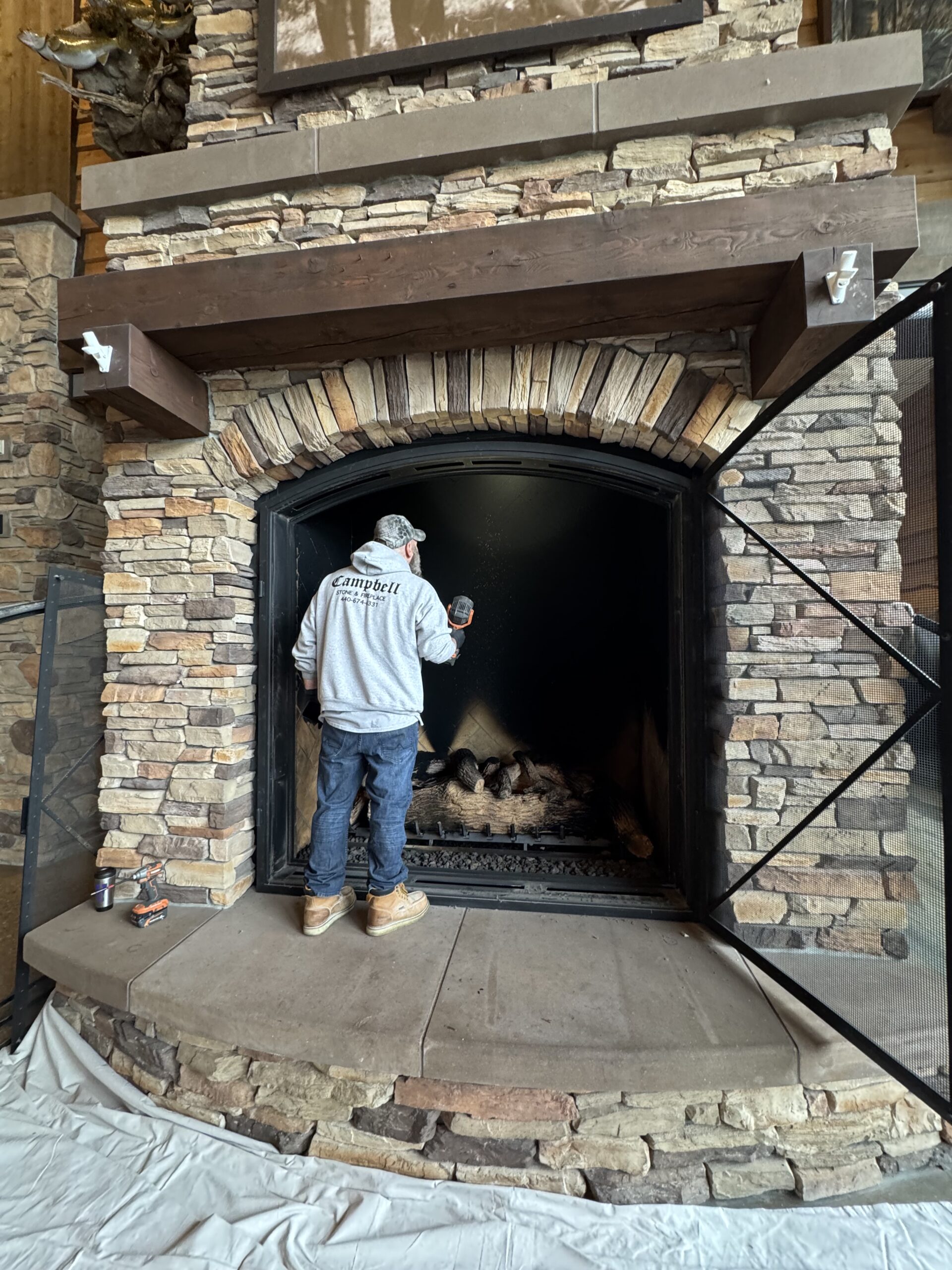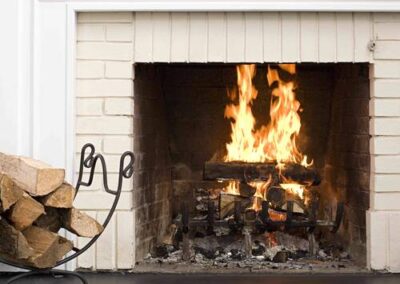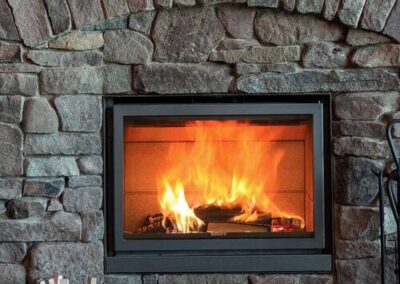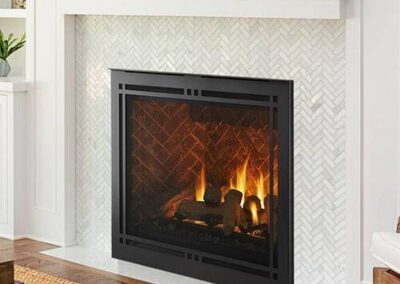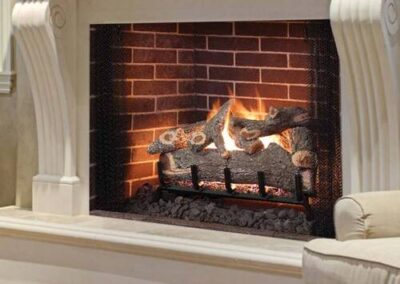INspections
Comprehensive Fireplace and Chimney Inspections
At Campbell Stone and Fireplace, we provide thorough fireplace and chimney inspections to ensure the safety, efficiency, and longevity of your fireplace systems. Our expert technicians are trained to inspect every component, including fireboxes, wood-burning inserts, gas fireplaces and inserts, gas logs, liners, pipes, and masonry. With our meticulous inspection process, we help prevent potential hazards and ensure your fireplace and chimney are in excellent condition.
Detailed Fireplace and Chimney Inspections
Firebox Inspections
The firebox is a critical component of your fireplace, housing the fire and enduring intense heat. Our comprehensive firebox inspections include checking for cracks, deteriorating mortar joints, and damaged firebricks. Ensuring the structural integrity of your firebox prevents dangerous conditions and enhances the efficiency of your fireplace.
Wood-Burning Inserts & Fireplaces
Wood-burning inserts and fireplaces require yearly inspections to ensure they operate safely and efficiently. Our technicians examine the condition of the insert, including the doors, gaskets, and flue system. We check for creosote buildup, which can pose a fire hazard, and ensure proper ventilation and airflow to maximize heating efficiency.
Gas Fireplaces and Inserts
Gas fireplaces and inserts are popular for their convenience and efficiency, but they still require yearly inspections to maintain safety and performance. Our inspections cover gas lines, burners, pilot lights, and ignition systems. We also check for any gas leaks and ensure the components are clean and functioning correctly.
Gas Logs
Gas logs offer a beautiful, hassle-free alternative to traditional wood-burning fireplaces. During our inspections, we assess the condition of the gas logs, check for proper alignment, and ensure the gas connections are secure. Regular maintenance of gas logs ensures they provide a realistic flame appearance and operate safely.
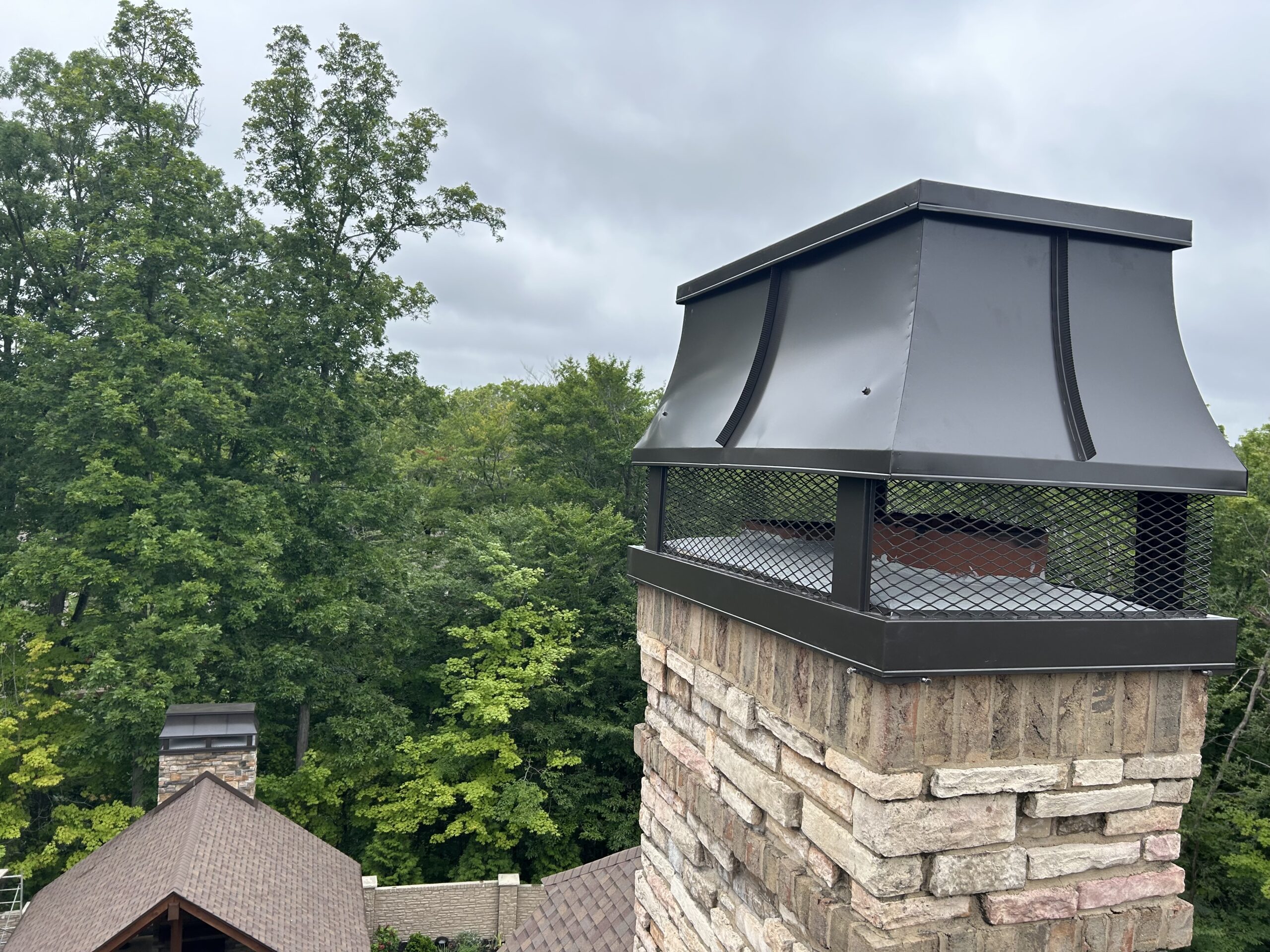
Chimney and Flue Inspections
Chimney Liners and Flue Pipes
Chimney liners and flue pipes play a crucial role in directing smoke and combustion gasses safely out of your home. Our inspection process includes checking for cracks, corrosion, and blockages in the liner and flue pipes. A well-maintained liner prevents dangerous gasses from entering your home and reduces the risk of chimney fires.
Masonry & Flashing Inspections
Bricks and mortar can degrade over time due to weather exposure and regular use. Our masonry inspections involve assessing the condition of the chimney structure, identifying any loose or damaged bricks, and checking for water infiltration. Proper maintenance of masonry extends the lifespan of your chimney and enhances its safety.
Comprehensive Maintenance Services
Regular Cleaning and Sweeping
Regular cleaning and sweeping of your chimney and fireplace are essential to remove soot, creosote, and debris. Our professional cleaning services ensure that your fireplace operates efficiently and reduces the risk of chimney fires.
Repairs and Restorations
From minor repairs to complete restorations, our team at Campbell Stone and Fireplace is equipped to handle all your fireplace and chimney maintenance needs. Whether it’s replacing a cracked firebrick, repairing a damaged liner, or restoring the masonry, we deliver high-quality solutions that enhance the safety and appearance of your fireplace.
Annual Inspections
We recommend annual inspections for all types of fireplaces and chimneys. Annual inspections help identify potential issues early, ensuring that your fireplace system remains safe and functional. Our thorough inspections cover all aspects of your fireplace and chimney, providing you with peace of mind.
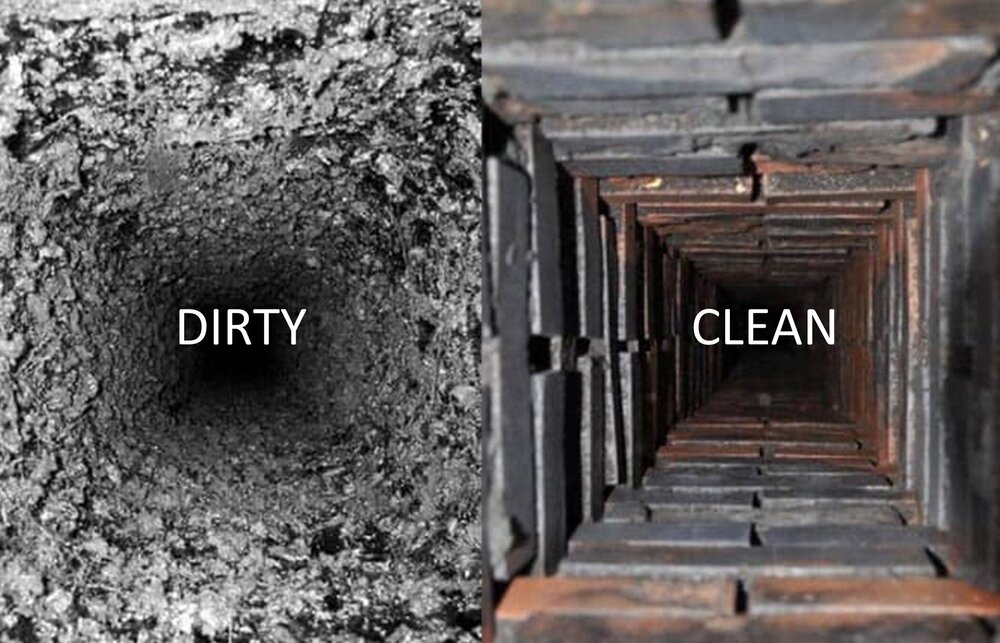
FAQ: Common Questions Answered
How often should I have my fireplace and chimney inspected?
A: It is recommended to have your fireplace and chimney inspected at least once a year to ensure they are safe and functioning properly.
What are the signs that my chimney needs cleaning?
Common signs include a strong odor from the fireplace, visible soot buildup, reduced draft, and excessive smoke when burning a fire.
Can I use my fireplace if the chimney liner is damaged?
No, a damaged chimney liner can allow dangerous gasses and heat to escape into your home, posing a serious safety hazard. It should be repaired or replaced before using the fireplace.
What should I do if I smell gas from my gas fireplace?
If you smell gas, immediately turn off the fireplace, ventilate the area, and contact a professional technician to inspect and repair the gas line.
Why is creosote buildup dangerous?
Creosote is a highly flammable substance that can accumulate in the chimney flue. If it ignites, it can cause a dangerous chimney fire.
